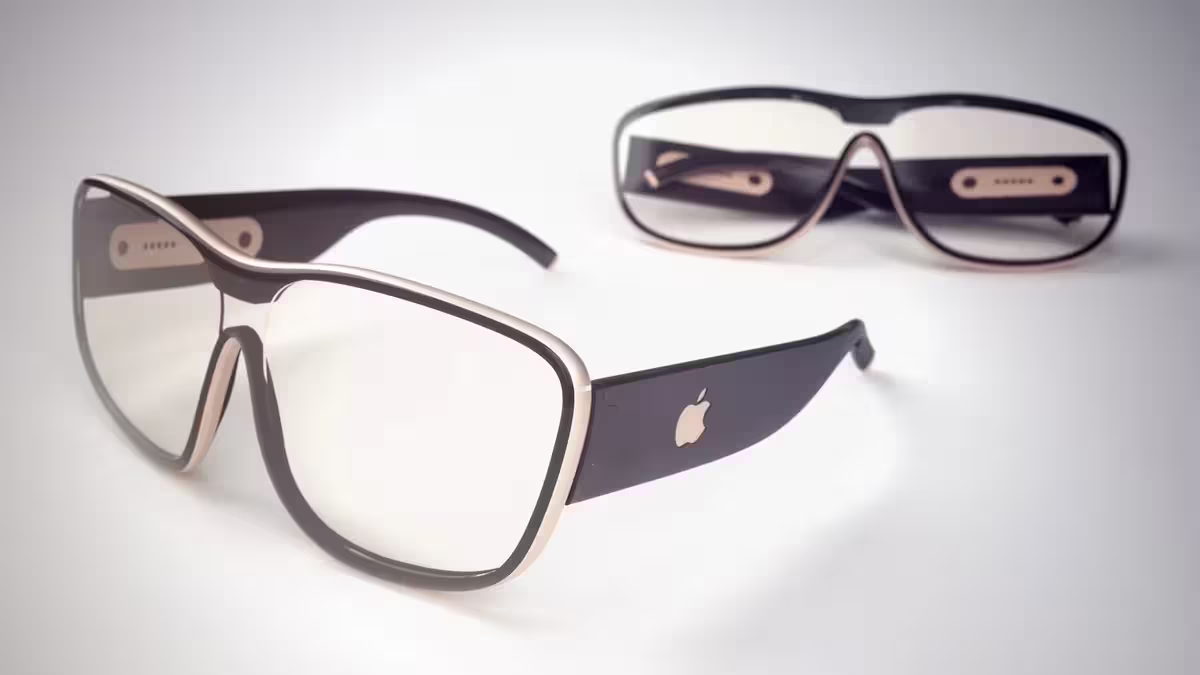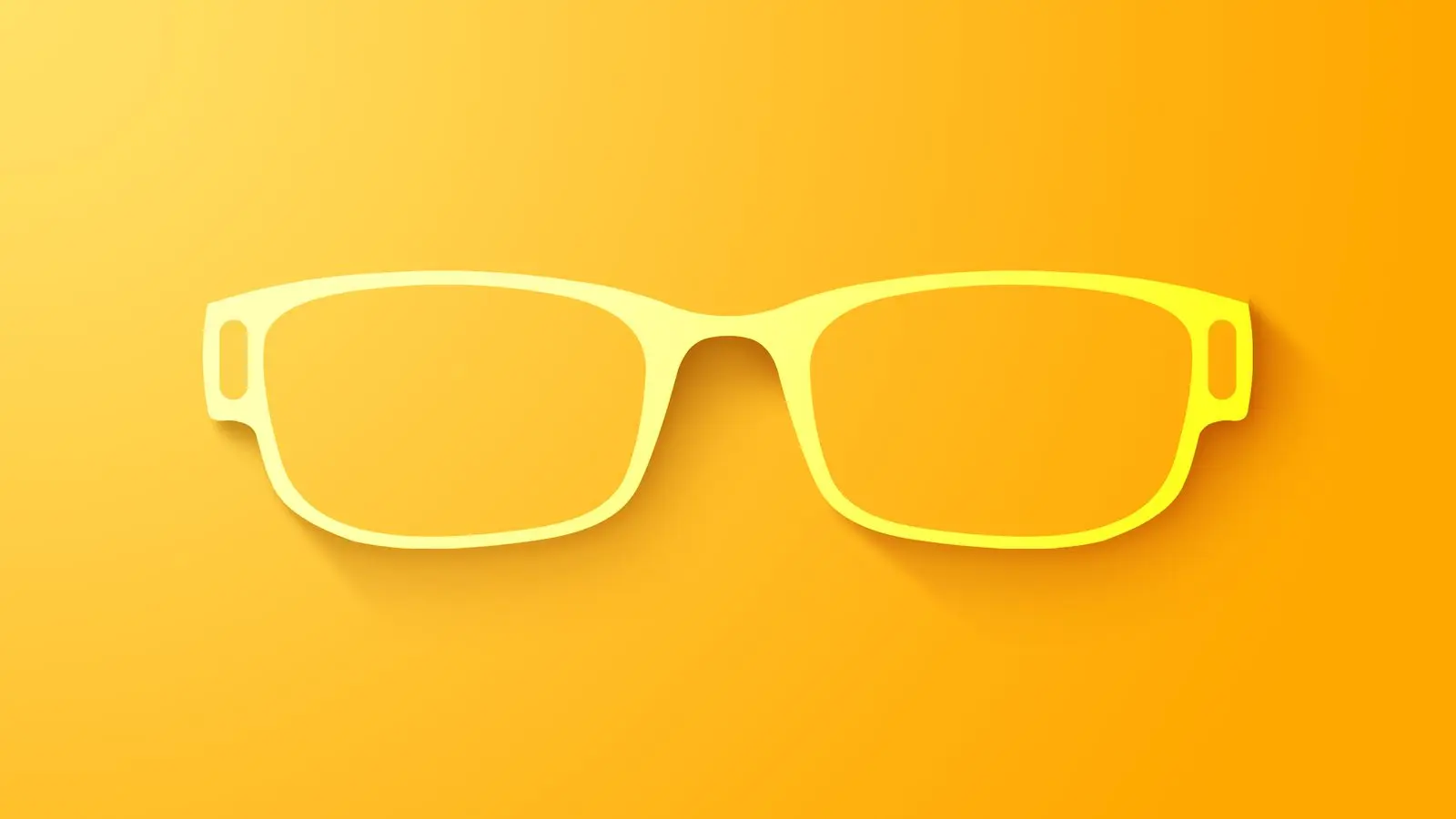3 Minutes
Apple has quietly shifted gears to bring a first-generation pair of smart glasses to market — and it wants them to be stylish, smart, and tightly integrated with the iPhone. Here’s a clear look at the five features most likely to define Apple’s entry into wearable eyewear.
Five features to watch
1. Fashion-forward frames, not bulky tech
Apple plans to avoid clunky, one-size-fits-all hardware. Like the early Apple Watch, the glasses are expected to arrive as a fashion accessory with multiple frame styles, colors, and temple materials. Engineers still need room for a battery, chip, and cameras, so ultra-thin frames may be limited — but expect options that prioritize both looks and comfort.
2. Siri becomes the user interface
Voice will be the primary control method. That puts heavy emphasis on a smarter Siri rebuilt on large language models. Apple is rearchitecting Siri to be more conversational and context-aware, aiming for a smarter assistant capable of answering complex questions, issuing instructions, translating languages, and even offering live, camera-assisted guidance.
3. Cameras + visual intelligence
Instead of a full AR display in the first generation, Apple is leaning into cameras and on-device vision features. Expect photographic and video capture, object and scene recognition, landmark and plant identification, and contextual descriptions of what you’re seeing — essentially a visual AI layer that augments daily life without projecting graphics onto your lenses.
4. Audio-first experiences and communications
Audio will play a major role: music, podcasts, audiobooks, phone calls, and voice messages are all on the menu. Spatial audio and clear mic performance will be crucial for hands-free interactions, while Siri-driven routines and notifications will keep eyes-free use smooth and natural.
5. Custom chip, limited standalone use
The glasses will include an Apple-designed chip derived from wearables, but they won’t be fully standalone. Early models are expected to rely on an iPhone for heavy AI processing and extended functionality, which should help preserve battery life while delivering richer features through device pairing.

What the glasses can likely do on day one
- Take photos and record video
- Play audio and handle calls
- Provide directions and contextual information
- Describe surroundings and identify objects, plants, animals, landmarks
- Translate languages and send messages hands‑free
Apple’s first smart glasses are not expected to match Meta’s display-equipped Ray-Bans at launch; instead, they’ll focus on intelligent, camera-driven features and polished audio interactions. Sources point to a possible announcement in late 2026 with a retail launch following in early 2027. Pricing is still unknown, though Apple may aim to remain competitive with Meta’s lineup.
Imagine putting on your shades and having Siri identify a restaurant sign, translate a menu, cue a playlist, and flag where you parked — all without pulling out your phone. That’s the practical, everyday vision Apple seems to be chasing.
Source: macrumors


Leave a Comment